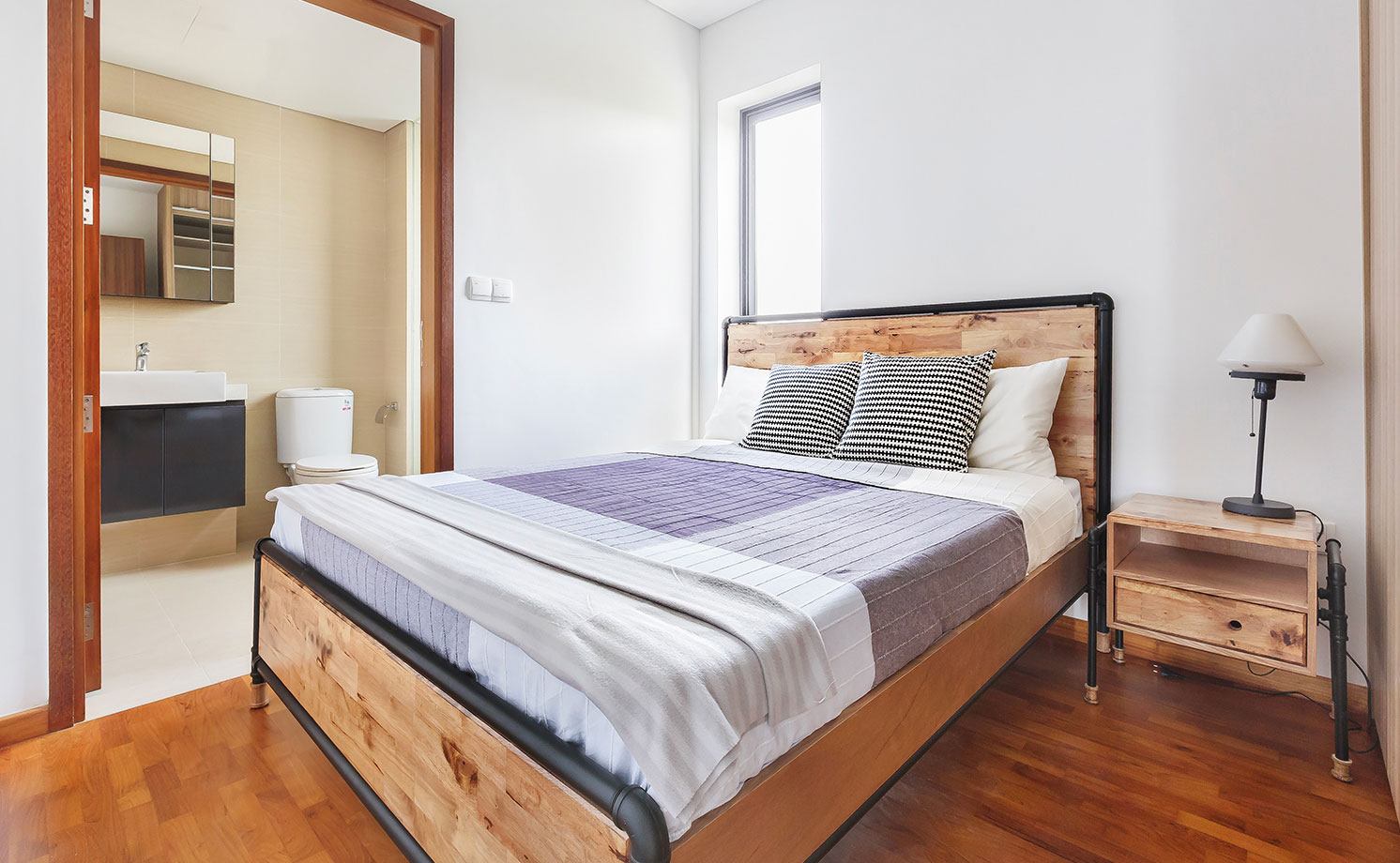
Millennial mansions
If you want to find a gap in the market, listen to what people moan about in the pub.
In 2016, Yoan Kamalski, noticed that many of his friends had similar gripes. “At social events in Singapore, most people were complaining about landlords or their flat mates and the lack of flexibility in housing. At the time you could see firms like WeWork offering something different for workspace, but in housing everyone was stuck with the same old story. “
Deciding to do something about this led to Kamalski founding coliving company Hmlet, which now manages shared apartment buildings in Singapore and Tokyo, and has ambitious plans for the region.
“We started to rent big apartments and reconfigure them to accommodate more people and to try to build a community there. Then we raised $1.5m in venture capital funding, which allowed us to take on larger spaces,” he says.
“We took a 30,000 sq ft building which used to be a condominium and we have converted the space to accommodate 80-85 members. We created a rooftop area for people to socialise in, remodelled the car parking space, just making more utility out of the space that is already there.”
The difference between coliving and flat sharing is a community framework, usually driven by technology, or an app in Hmlet’s case. “In today’s cities you have expensive rent but it is not just that: people live more online and – especially when you are new to a city – it is hard to build community,” says Kamalski.
“The social aspect is important but we don’t organise events in the properties all the time; I personally have got really bored with having drinks or watching a presentation in a coworking space. We can bring people from all our facilities to a great bar and because of the numbers, we can get great deals for drinks and food.“
Technology and shared services will also drive the way Hmlet develops as a business. “In the longer term, cities are going to get bigger and bigger so we need to find more ways of sharing space and services,” says Kamalski. “We are developing technology now that will allow members to book a range of services. We want to empower our members, to save them wasting time on mundane things.”

Trends such as coworking and coliving are often presented as a threat, a disruptor to ‘conventional’ real estate owners, but Kamalski says Hmlet is a boon to landlords. “In the beginning, we just rented space from landlords but now we work on a profit share basis, which can boost the yield for landlords we work with and we would aim for a five to 10 year relationship. In Singapore you’d be lucky to get a residential yield of 1.5% but with Hmlet, our biggest landlord is getting 3-4%.
“In terms of spaces, we are moving towards a model where we are trying to partner with big developers. What we’d love as well is to be able to add value to older buildings and give the landlord an alternative to demolishing and rebuilding.”
The next city for Hmlet is Hong Kong, home to the world’s most expensive residential property. The city has seen other coliving brands launch, varying from dorm-style student accommodation to higher end alternatives to a serviced apartment.
Kamalski says: “We really want to be in every single big city in Asia and potentially Europe because we see an opportunity be able to create a global brand.”
Further reading:
hmlet.com
Savills Blog – Co-living the future millennial lifestyle for Hong Kong
Contact Us:
Simon Smith



